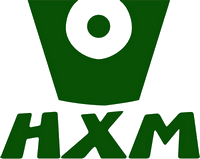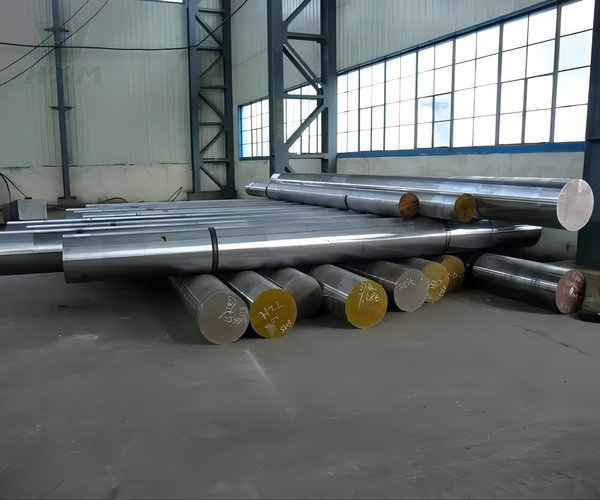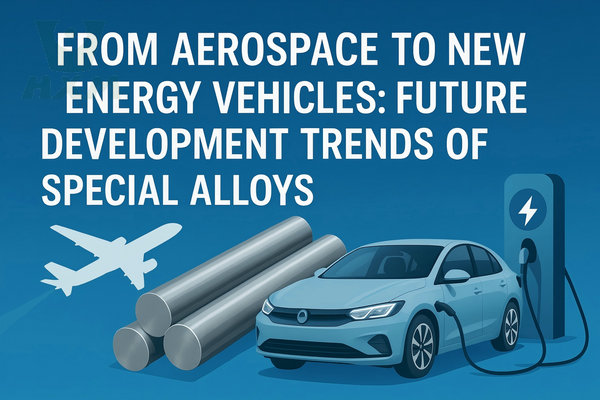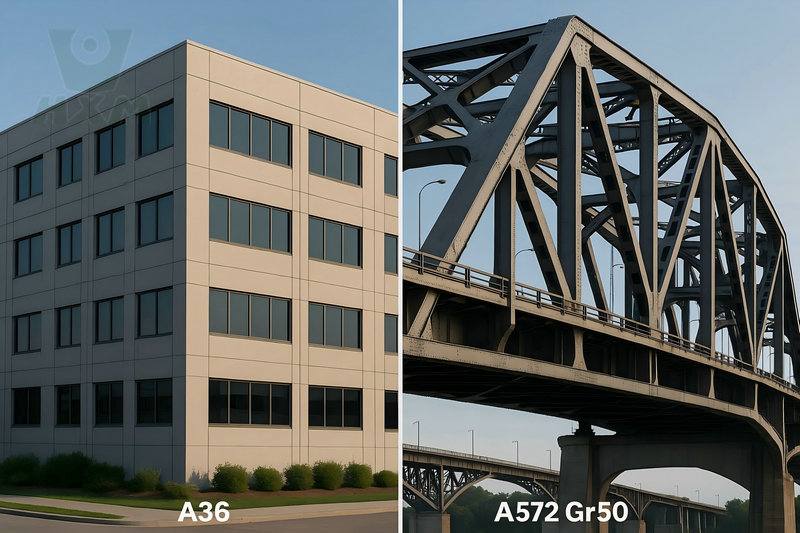Each variant has unique properties to meet specific needs in the electrical field. As a professional electrical steel supplier, Huaxiao Metal has compiled this practical guide to help you distinguish between grain-oriented electrical steel (GO) and non-grain oriented electrical steel (NGO). Our goal is to help you choose the most effective and economical material for your specific application.
What is Grain Oriented Electrical Steel (GOES)?
Grain Oriented Electrical Steel, as the name suggests, is a type of electrical steel known for its controlled grain orientation. During the manufacturing process, the steel is carefully annealed and rolled to induce anisotropy, aligning the crystal grains in a specific direction. This grain alignment allows GOES to exhibit superior magnetic properties in the direction of rolling, resulting in reduced core losses and enhanced magnetic flux density. The unique magnetic anisotropy of GOES makes it an ideal choice for high-performance electrical transformers and other power distribution applications.
When to Choose GO Steel:
You should specify GO steel for static energy-efficient machines where the magnetic field follows a consistent path.
Power Transformers: The core of any large power transformer is made from GO steel to minimize energy loss during voltage conversion.
Distribution Transformers: Essential for reducing waste heat and improving grid efficiency.
Huaxiao Metal supplies a range of GO steel grades.
Grain Oriented Electrical Steel
Grain Oriented Electrical Steel Manufacturers As a professional Grain Oriented Electrical Steel manufacturer and supplier, we lead advanced production technology to ensure that our products
What is Non-Grain Oriented Electrical Steel (NGOES)?
Non-Grain Oriented Electrical Steel, in contrast, is a type of electrical steel that lacks the controlled grain orientation found in GOES. During its production, the steel undergoes random crystalline orientation, making it isotropic in magnetic properties. While NGOES does not offer the same level of magnetic performance as GOES in a specific direction, it compensates by demonstrating relatively uniform magnetic properties in all directions. This characteristic makes NGOES suitable for applications such as electric motors, generators, and small transformers, where magnetic flux changes direction frequently.
When to Choose NGO Steel:
You should specify NGO steel for rotating electrical equipment.
Electric Motors: From small servo motors to large industrial motors.
Generators & Alternators: For efficient power generation.
Lighting Ballasts & Small Transformers.
While it has higher core loss than GO steel, its isotropic properties and lower cost make it perfect for these applications.
Huaxiao Metal is a leading supplier of NGO electrical steel coils and sheets.
Non-Oriented Electrical Steel
Non-Oriented Electrical Steel Manufacturer As a professional Non-Oriented Electrical Steel manufacturer and supplier, we are committed to providing excellent non-oriented silicon steel products to meet
Grain Oriented Electrical Steel VS Non-Grain Oriented Electrical Steel
For a quick decision, this table highlights the fundamental differences:
| Feature | Grain-Oriented (GO / CRGO) Steel | Non-Grain-Oriented (NGO / CRNGO) Steel |
| Magnetic Direction | Anisotropic (Performs best in one direction) | Isotropic (Performs uniformly in all directions) |
| Primary Benefit | Low Core Loss, High Permeability | Uniform Performance, Cost-Effective |
| Main Application | Power & Distribution Transformers | Electric Motors, Generators, Ballasts |
| Manufacturing | Complex cold-rolling process | Simpler, less complex process |
| Cost | Higher | Lower |
| Common Grades | 23QG090, 27QG110, 30QG120 | M4, M5, M6 (ASTM); 35H300, 50H470 |
1. Magnetic Anisotropy vs. Isotropy:
The most significant distinction between GOES and NGOES lies in their magnetic properties. GOES exhibits magnetic anisotropy due to its controlled grain orientation, resulting in significantly lower core losses and higher magnetic permeability in the rolling direction. On the other hand, NGOES possess magnetic isotropy, providing relatively uniform magnetic properties in all directions.
2. Applications:
Due to its superior magnetic properties in the rolling direction, GOES is primarily utilized in high-efficiency transformers and large power distribution systems where core losses need to be minimized. The directional nature of GOES ensures that the magnetic flux flows efficiently, increasing the overall efficiency of these electrical devices. Conversely, NGOES finds applications in electric motors, generators, and smaller transformers, where the magnetic flux direction changes frequently, and magnetic isotropy becomes advantageous.
3. Cost and Availability:
In terms of cost and availability, NGOES are generally more affordable and easier to obtain than GOES. The production process for NGOES is less complex, making it a cost-effective choice for various electrical applications. However, when efficiency and performance are critical, GOES becomes a preferred option, despite its higher cost and limited availability.
Why Sourcing from the Right Electrical Steel Supplier Matters
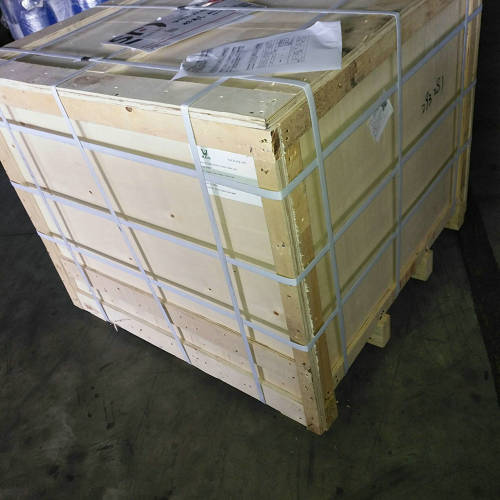
Choosing the right material is only half the battle. You need a supplier who can deliver high-quality, precisely processed electrical steel to meet your manufacturing demands.
Why Choose Huaxiao Metal as Your Electrical Steel Partner?
Specialist Expertise: We focus exclusively on steel products, and our team understands the technical nuances of GO and NGO steel to provide expert advice.
Quality Assurance: All our materials come with certifications, ensuring they meet strict international standards for permeability and core loss.
Precision Processing: We offer custom slitting (narrowing coils) and cut-to-length services to provide sheets and strips that fit your exact core manufacturing needs, reducing your waste and labor.
Global Logistics: We have the experience to ship your order safely and efficiently, anywhere in the world.
Don’t compromise on the heart of your electrical equipment.
Ready to discuss your project? Contact our team for a competitive quote and material specification support today!
FAQ
What is the main difference between GO and NGO electrical steel in simple terms?
The simplest difference is direction. Grain-Oriented (GO) steel is like a highway, offering super-low energy loss in one specific direction, making it perfect for power transformers. Non-Grain-Oriented (NGO) steel is like a city grid, offering good, uniform performance in all directions, making it ideal for rotating equipment like electric motors and generators.
Which steel is better for transformers?
For power and distribution transformers, Grain-Oriented (GO/CRGO) steel is always the better choice. Its directional grain structure is specifically designed to minimize core loss in the transformer core, leading to higher efficiency and less wasted energy over the transformer’s lifespan.
Why is Non-Oriented (NGO) steel used for electric motors?
Electric motors require a magnetic field that constantly changes direction as the motor rotates. NGO steel’s uniform magnetic properties in all directions (isotropy) ensure that the motor runs smoothly and efficiently, regardless of the direction of the magnetic flux.
Which type of electrical steel is more expensive?
Grain-Oriented (GO) steel is typically more expensive than Non-Oriented (NGO) steel. This is due to its more complex and precise manufacturing process required to align the grain structure. However, its higher efficiency in transformers often results in long-term energy savings that justify the initial cost.
Can you supply specific grades like 23QG090 or 50H470?
Yes. As a specialist supplier, Huaxiao Metal offers a wide range of specific grades for both GO and NGO electrical steel, including common grades like 23QG090 for transformers and 50H470 for motors. We can provide technical data sheets for each grade. Contact us with your required grade for a quote.
Do you offer slitting services for electrical steel coils?
Of course. We offer professional slitting and cut-to-length services. We can convert wide electrical steel coils into strips or custom-sized sheets based on your specific core manufacturing requirements. This service helps you reduce waste and streamline your production process.
In conclusion
Grain Oriented Electrical Steel (GOES) and Non-Grain Oriented Electrical Steel (NGOES) both play indispensable roles in the electrical engineering realm. GOES, with its magnetic anisotropy, is ideal for high-efficiency power transformers and large-scale power distribution systems, whereas NGOES, with its isotropic magnetic properties, suits electric motors, generators, and smaller transformers.
Each type of electrical steel offers distinct advantages, enabling engineers to select the most suitable variant for their specific application requirements, and striking a balance between performance, cost, and efficiency.
